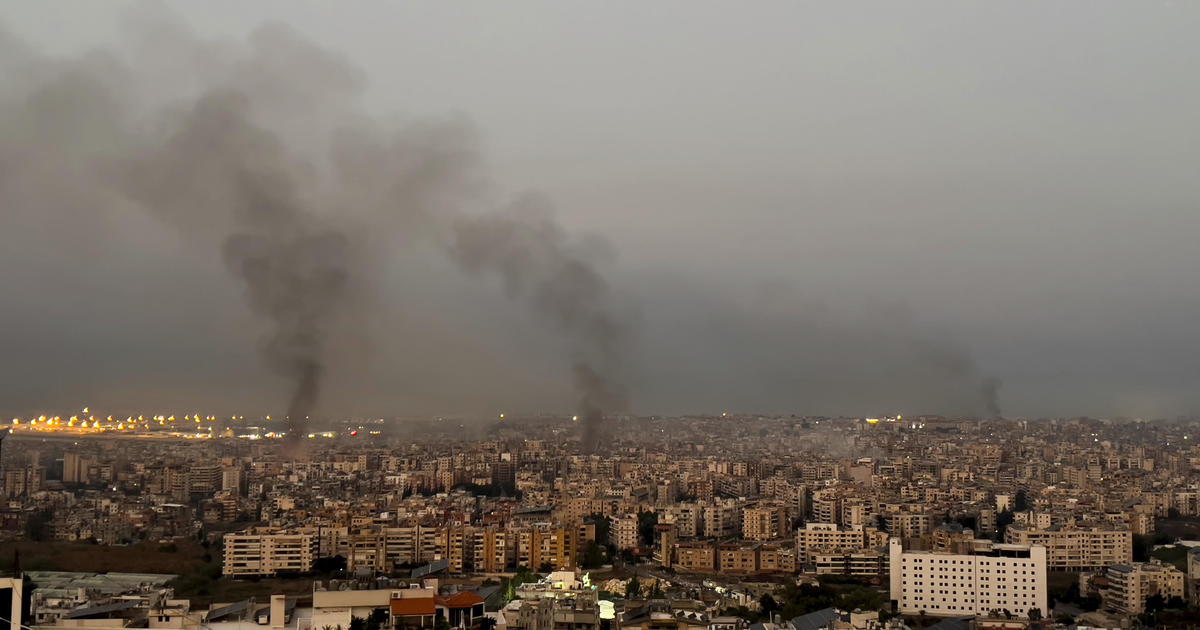The escalating conflict between Israel and various militant groups in Gaza and Lebanon has resulted in widespread devastation and a significant loss of life. Airstrikes, rocket fire, and ground offensives have painted a grim picture across the region, leaving civilians trapped in a terrifying cycle of violence. The situation is further complicated by the ongoing hostage crisis stemming from the October 7th attack, adding another layer of urgency and uncertainty to the already volatile situation. This complex and rapidly evolving conflict demands a comprehensive understanding to grasp its devastating impact and potential consequences.
The Devastation in Gaza
Intense Airstrikes and Ground Offensives
Israel’s military has launched numerous airstrikes and ground offensives in Gaza, targeting areas claimed to harbor militants. These actions have resulted in widespread destruction of civilian infrastructure, including homes, hospitals, mosques, and schools. The targeting of a mosque and a school sheltering displaced people near Deir al-Balah, resulting in the deaths of at least 26 people, underscores the severe humanitarian crisis unfolding. While the Israeli military claims these strikes targeted militants, a lack of independent verification raises significant concerns about civilian casualties. The intensified assault on Jabaliya, home to a long-standing refugee camp, has caused yet another wave of displacement, leaving thousands desperately seeking safety. The repetitive cycle of military operations followed by militant regrouping highlights the deep-rooted nature of the conflict.
Humanitarian Crisis and Civilian Casualties
The ongoing conflict in Gaza has created a catastrophic humanitarian crisis. Tens of thousands of Palestinians have been killed since the beginning of the war, including a significant number of women and children. The Gaza Health Ministry reports a staggering death toll exceeding 42,000, painting a horrifying picture of the war’s scale. The relentless bombardment has left many displaced and without adequate shelter, food, or medical care. Accounts from survivors describe a scene of unrelenting chaos and fear, with families repeatedly fleeing their homes only to be displaced again. The stories shared, like that of Samia Khader who recounts being displaced 12 times since October 7th, illustrate the profound impact of the conflict on civilian lives. This sheer scale of destruction and the suffering inflicted on the population necessitate a comprehensive, independent investigation into the events to ensure accountability and prevent future tragedies. The lack of access for humanitarian aid exacerbates the dire circumstances faced by those in need, further intensifying the desperate situation.
The Lebanon Front and Hezbollah’s Response
The conflict has expanded beyond Gaza to include Lebanon. Israel launched a series of airstrikes targeting areas near Beirut, including infrastructure associated with Hezbollah, prompting retaliatory attacks by the militant group. Hezbollah claims responsibility for attacks against Israeli soldiers, using rocket salvos to launch their attacks. These cross-border attacks highlight the interconnectedness of the various fronts in this complex conflict and the potential for regional escalation. The strikes on Beirut caused significant damage and created a climate of fear among the residents, adding to the humanitarian catastrophe caused by the overall conflict. The Israeli military’s response to these attacks further fuels the cycle of violence, potentially expanding the conflict to multiple locations. Residents in Beirut, who have described the situation as “a night of terror,” endured relentless airstrikes. Casualties including women in a civilian residence showcase the extensive collateral damage and risk for citizens throughout this region.
Cross-Border Attacks and Escalation Risks
The exchange of fire between Israel and Hezbollah poses a significant risk of further escalation. Rocket sirens and blasts heard in northern Israel underscore the expanding battlefront, with increased potential for further casualties on both sides of the conflict. The back and forth assaults, including attacks on the airport and the Al-Manar television station in Lebanon, add layers to an already complicated situation. This raises serious concerns about regional stability and the potential for wider involvement of other regional actors. The strategic importance of targeting both the main road to the airport and a primary media outlet for Hezbollah shows the intentions to cripple operations for this particular party. Both parties claiming victory despite a lack of solid evidence continues to amplify tensions and escalate the conflict.
The Hostage Crisis and International Response
The hostage crisis resulting from the October 7th Hamas attack remains a critical component of this complex conflict. Hamas continues to hold approximately 100 hostages captured in their initial assault, a considerable number of whom are feared dead. This ongoing crisis exerts tremendous pressure on the negotiations and significantly influences Israel’s response to the overall conflict. The Israeli military’s stated focus on recovering these captives adds another element to the already escalating hostilities, placing a heavier burden on the regional security environment. The lack of international unified intervention exacerbates the risk of miscalculations that could severely heighten tensions. The implications of an extensive death toll among the hostages could prove profoundly impactful on the dynamics of the conflict, influencing future discussions.
International Concerns and Diplomatic Efforts
The ongoing conflict has attracted widespread international condemnation and concerns, though substantial organized international intervention has been insufficient. The humanitarian crisis demands urgent attention and action from international organizations and countries to alleviate the suffering of the civilian population. The hostage crisis places immense pressure on global players for resolution. Calls to create lasting ceasefires are imperative given the large-scale and widespread suffering involved. International collaboration is paramount to creating effective strategies for peacekeeping efforts to address these issues and protect civilian lives from further harm. The continued violence raises significant questions regarding the efficacy of international efforts and interventions.
Take Away Points:
- The conflict between Israel and militant groups in Gaza and Lebanon has resulted in a devastating humanitarian crisis, with significant civilian casualties.
- The escalating violence risks further regional instability and wider involvement of international actors.
- The ongoing hostage crisis adds a critical layer of complexity to the conflict.
- International collaboration is crucial for addressing the humanitarian crisis and achieving a lasting resolution.









